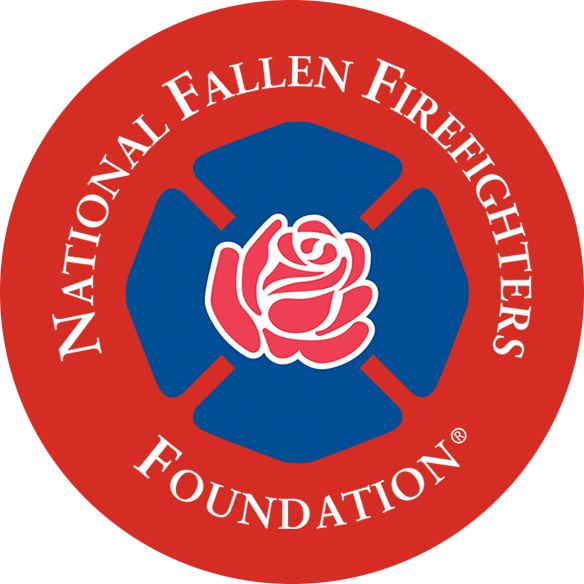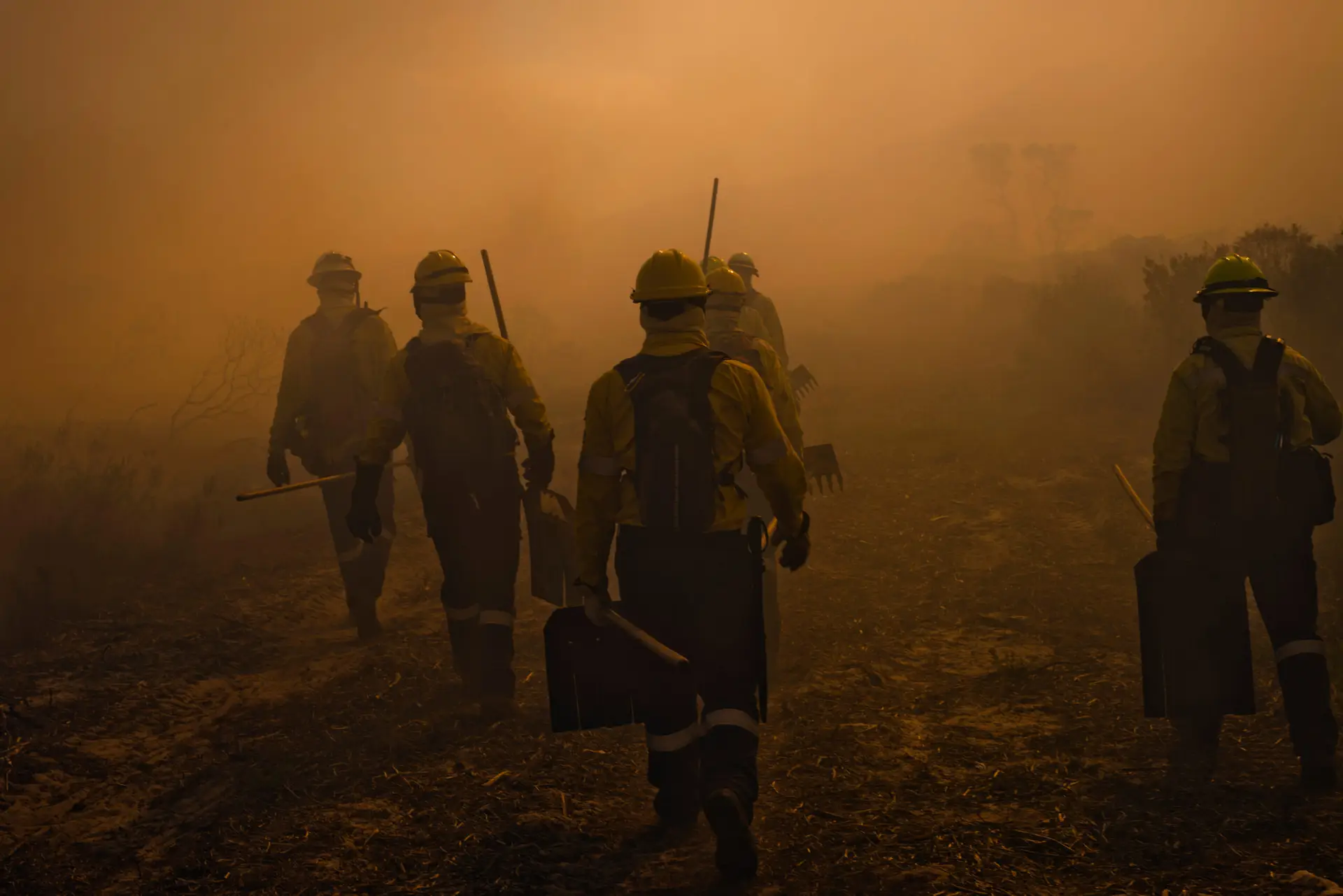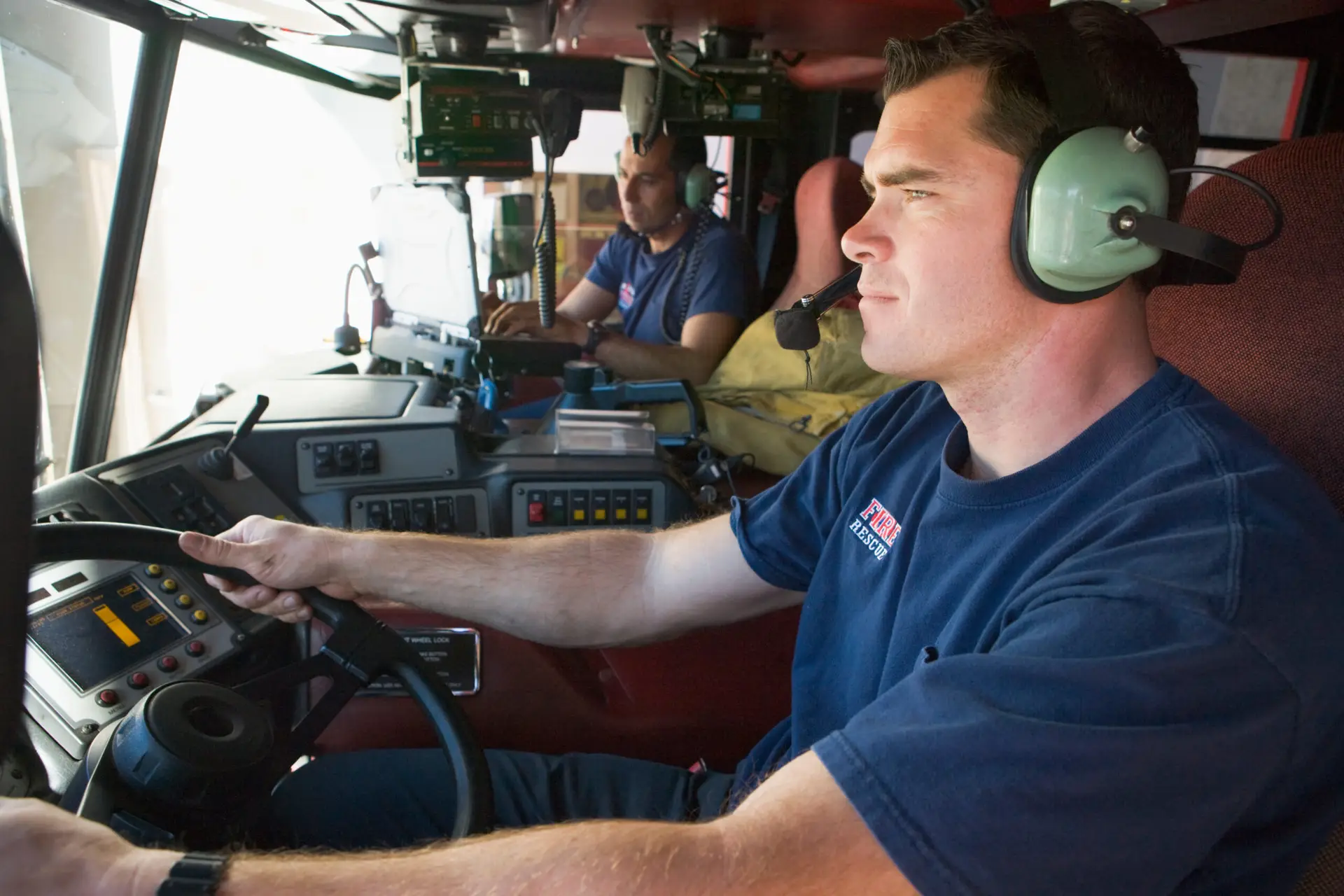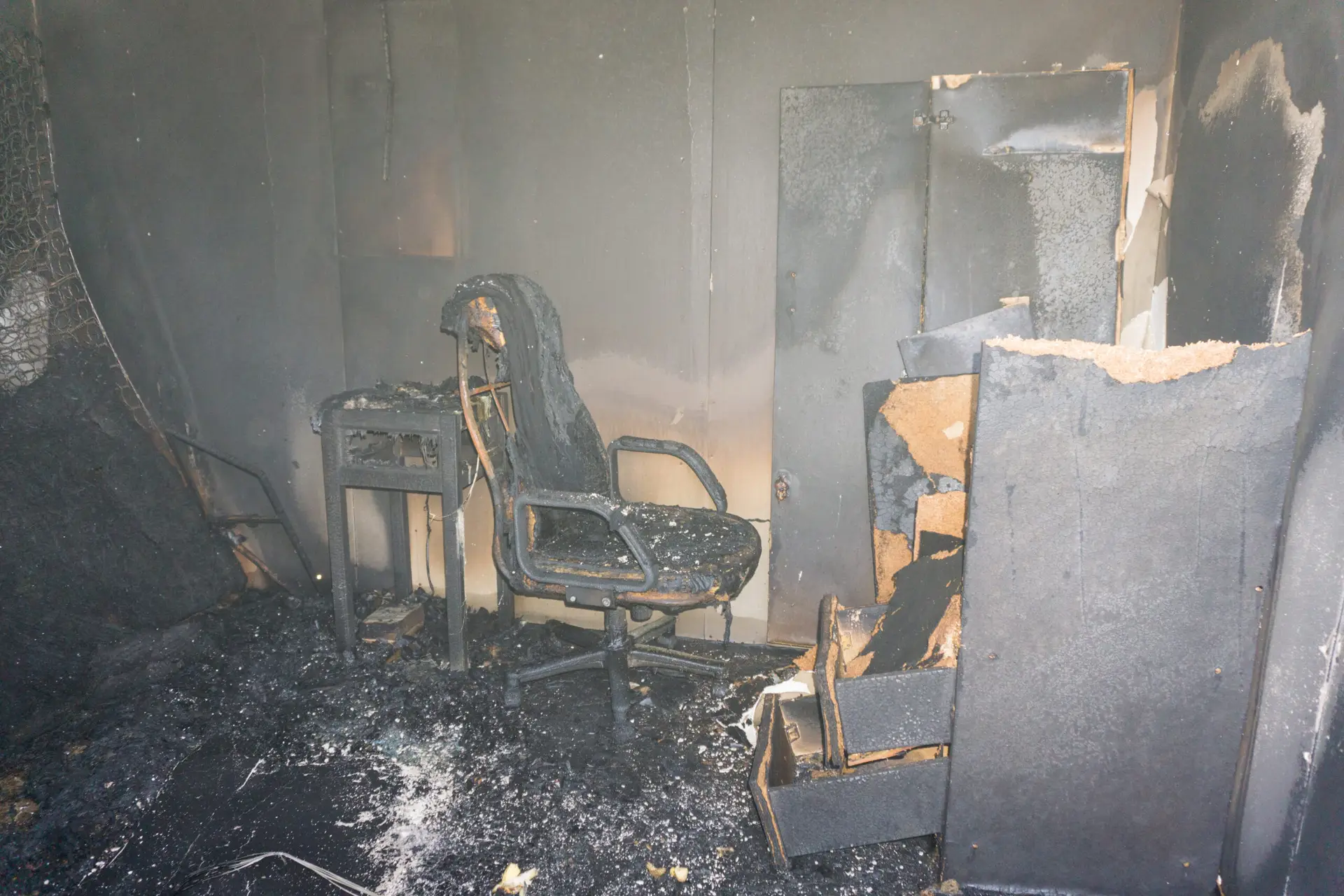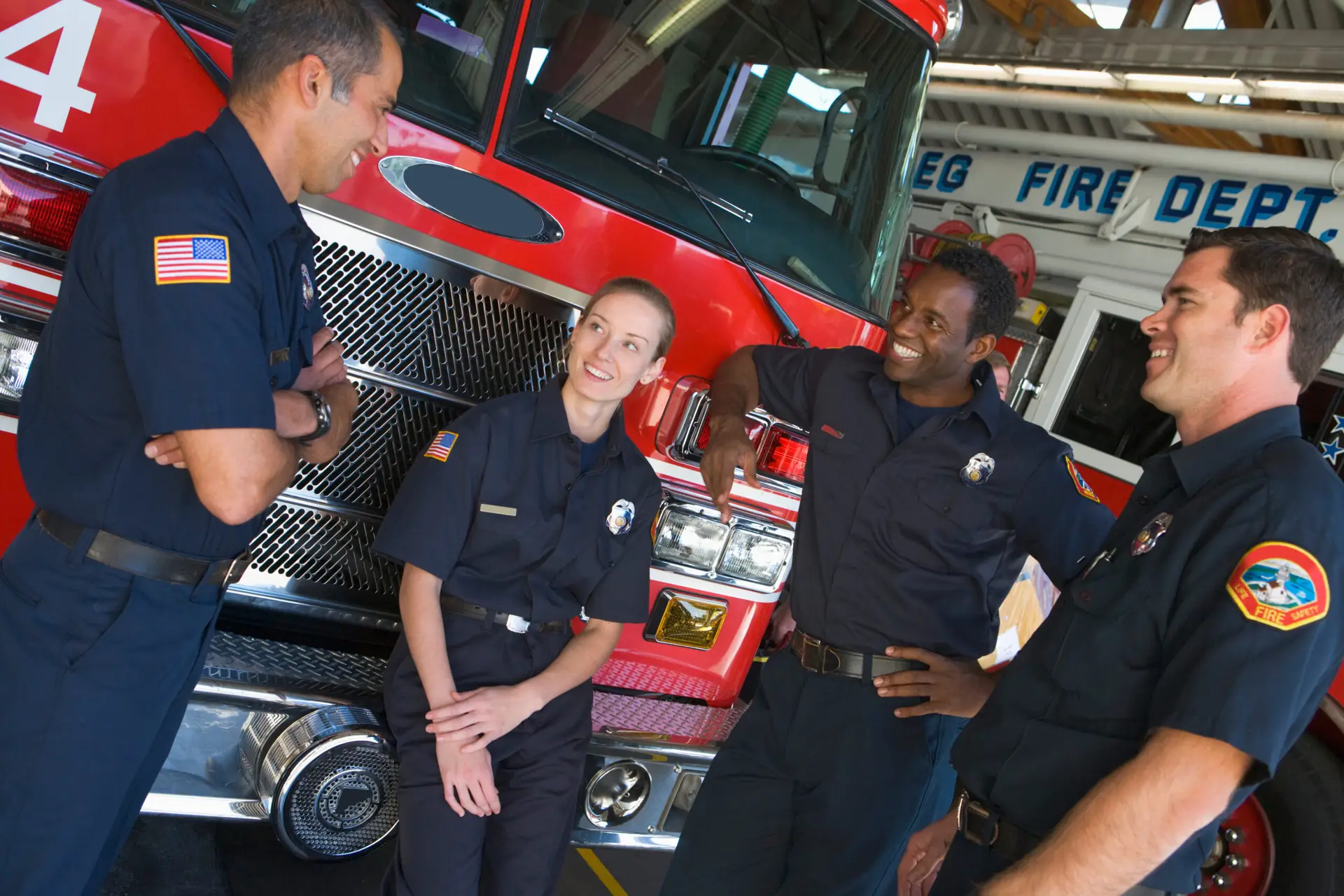Comprehensive Wellness Programs
Design comprehensive wellness programs that can be integrated into the daily routines of all fire departments.
Related Pillar and Perspective:
- Health and Wellness
- Organizational Capacity
Inside the New Firefighter Life Safety Initiative 6
Combines these original initiatives:
- Counseling and Support
- Medical and Fitness Standards
Action-Steps for Firefighters & Fire Officers
For Firefighters
- Action Item #1
- Action Item #2
- Action Item #3
For Company Officers
- Action Item #1
- Action Item #2
- Action Item #3
For Chief Officers
- Action Item #1
- Action Item #2
- Action Item #3
Find research and resources on health, wellness, nutrition, fitness, physicals, cancer, and cardiac at www.firstrespondercenter.org
The FRCE is dedicated to protecting the lives and livelihoods of first responders, nationwide. Our education and research initiatives constantly shed new light on challenges to the health, safety and well-being of firefighters, EMS personnel and other first responders. It’s all with the goal of reducing line-of-duty injuries and deaths as well as occupational illnesses.
Credit Hours: 1 Hour
Credit Hours: 1 Hour
Credit Hours: 1 Hour
Credit Hours: 1 Hour
Credit Hours: 1 Hour
Credit Hours: 1 Hour
Credit Hours: 1 Hour
Credit Hours: 1 Hours
Credit Hours: 1 Hour
Credit Hours: 1 Hour
Credit Hours: 1 Hour
In January 2015, as a follow-up to TAMPA2, the National Fallen Firefighters Foundation invited major fire service organizations and occupational cancer-specific researchers to attend the Occupational Cancer in the Fire Service Strategy Meeting in Washington, D.C. The goals of the meeting were to review what was known related to firefighter cancers, develop a coordinated effort to reduce exposures, illnesses, and deaths related to cancer; and provide support for those affected by cancer. Through presentations, breakout group discussions and a goal of consensus, the group developed 12 recommendations to target their efforts. Since that time, the group continues to meet and develop new initiatives to help maximize resources related to cancer prevention.
Heart to Heart
The National Fallen Firefighters Foundation hosted a conference in Washington, D.C. in December 2015, to address cardiovascular disease in the fire service. This meeting was attended by more than 60 representatives of fire service constituency organizations, fire departments, and subject matter experts representing different fields of research associated with occupational health and cardiovascular health. Leading subject matter experts presented the current state of the science regarding heart disease-related death and disability in the fire service. These experts then worked together with fire service leaders in a consensus-building framework to identify recommendations to lessen cardiovascular events and to identify ways to transition scientific findings and best practices to the fire service with the goal of increasing adoption of best practices for cardiovascular disease (CVD) prevention and treatment.
